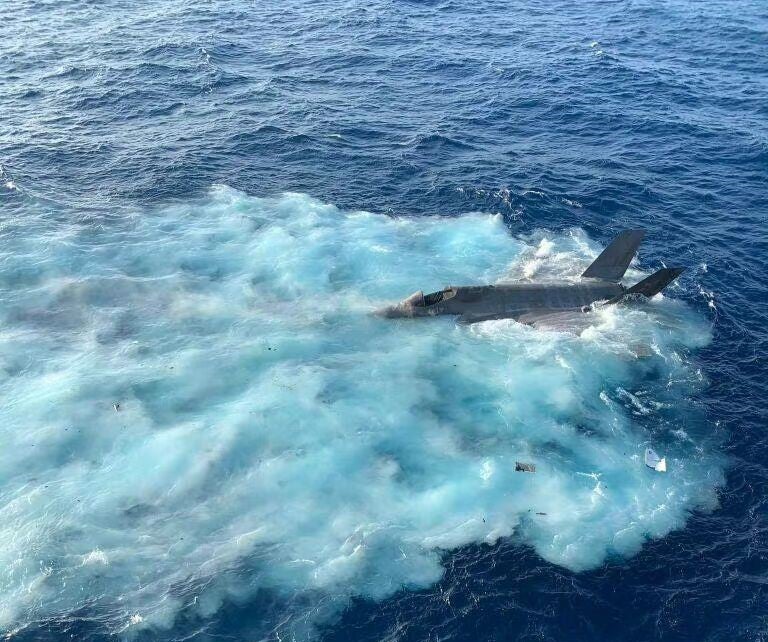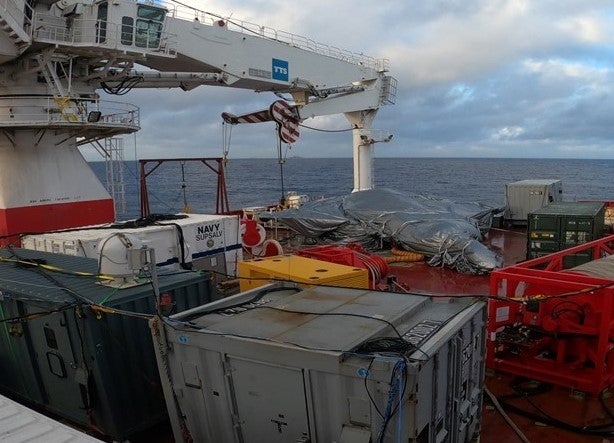US Beats China to Retrieving Sunken F-35
On 24 January, an F-35C of Carrier Air Wing 2 attempted to land on the USS Carl Vinson which was operating in the South China Sea. The result of the attempt was six injured sailors, an injured pilot, and one fifth-generation fighter sinking into international waters. However, the failed landing did not cause any serious damage to the carrier and regular flight operations soon resumed.

These events would likely not be publicly known until today if not for the fact that a video of the crash, taken by someone aboard the ship, was shared online. By 31 January, the US Navy had confirmed the authenticity of the video. Now, the US Navy was racing to recover the airframe before China could get hold of the highly sensitive technology.
With the early breach of operational security, it was feared that China’s proximity to the area of the crash may give it a significant lead in recovering the sunken fighter. This was made worse by a second breach in security which led to the leakage of a second, more comprehensive video showing the entirety of the crash for which four enlisted sailors and a junior officer were later charged. Considering that the People’s Liberation Army is currently the greatest near-pear threat to the US Air Force and American naval aviation, the Chinese recovering the crash would be a major blow to the United States.
However, on Thursday 3 March, the US 7th Fleet released a statement announcing the successful recovery of the F-35C from a depth of 12,400 feet (3,800 meters) “by a team from CTF [7th Fleet Task Force] 75 and the NAVSEA’s Supervisor of Salvage and Diving (SUPSALV) embarked on the diving support construction vessel (DSCV) Picasso.”
According to CTF 75’s Commodore, Captain Gareth Healy:
“The task force’s expertise in rapid, scalable command, control, and communications, agile logistics, organic security, and explosive ordnance disposal was the most flexible choice for the fleet commander to respond in a timely manner. […] Ultimately, this deliberate approach resulted in the correct capabilities conducting recovery operations within 37 days of the incident. Given the unique challenges of this problem and the unique technical capabilities that NAVSEA delivered, this was an aggressive and achievable timeline.”
While a significant loss for the US Navy, the recovery of the F-35 prevents a potentially catastrophic loss of technology. Another positive is that the recovery of the airframe has also helped the environment by removing garbage from the oceans.

